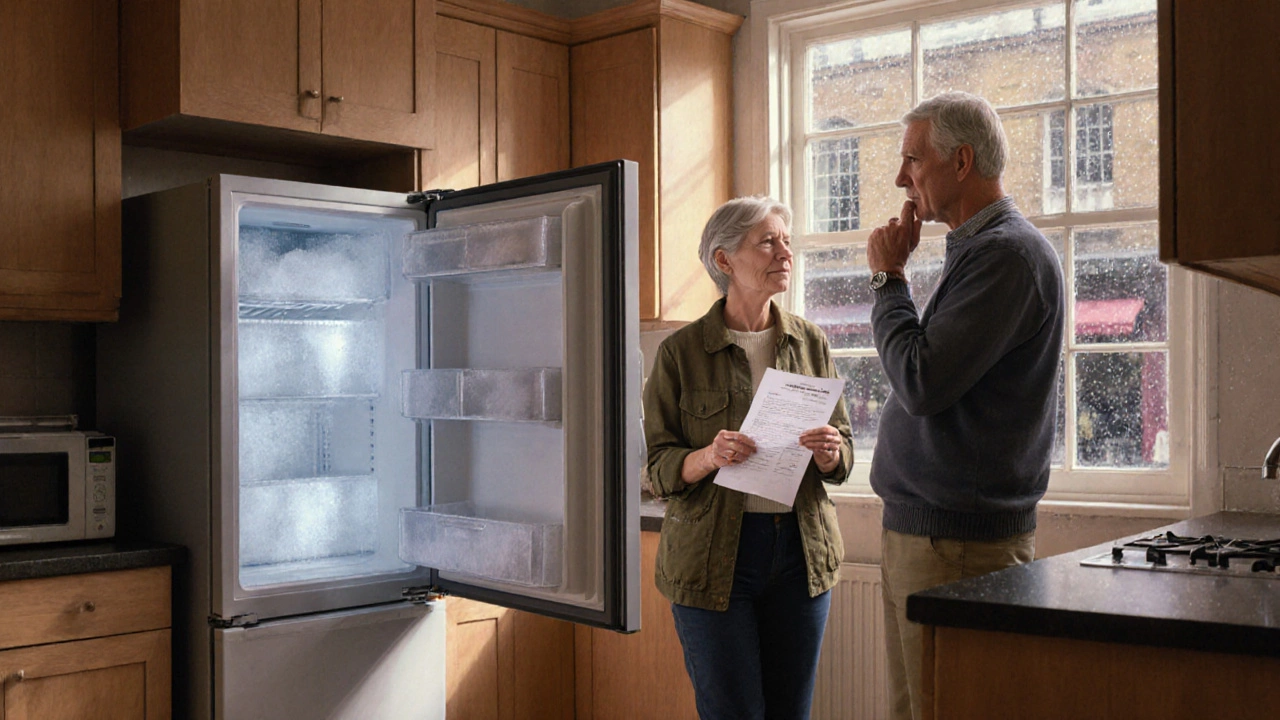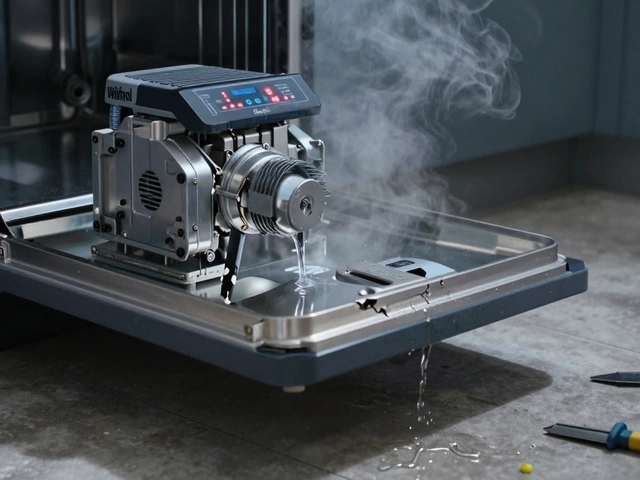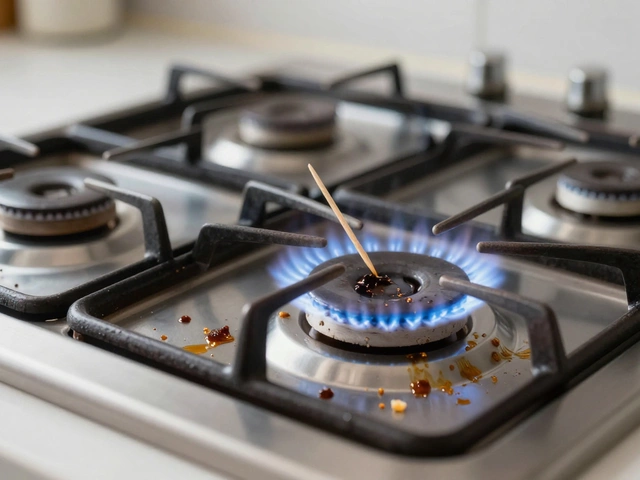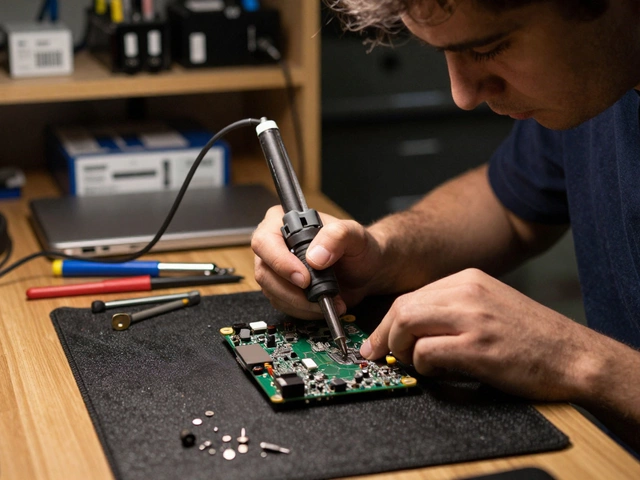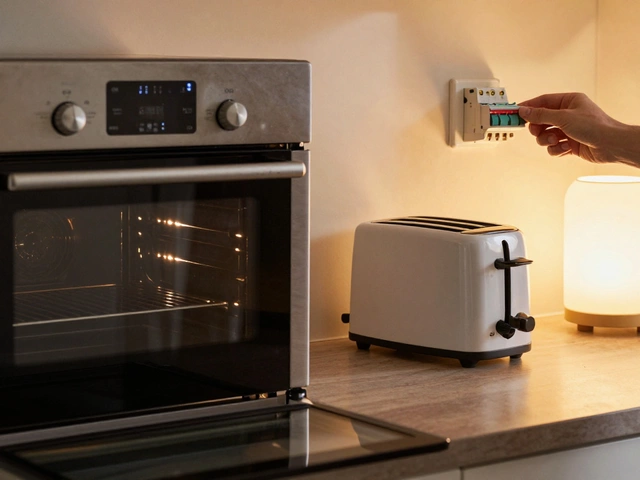Appliance Repair Tips: Quick Fixes for Everyday Problems
Got a dishwasher that won’t drain or a fridge that’s warm? You’re not alone. Most of us face a faulty appliance at some point, and the good news is many issues can be solved without a pricey call‑out. Below are straightforward steps you can try right now, plus a few clues to tell you when it’s time to bring in a professional.
Start with the Basics
Before you pull out tools, always unplug the unit. This protects you and resets the electronics. Next, check the power supply – a tripped breaker or a loose plug is the sneakiest culprit. If the appliance runs but misbehaves, a quick clean‑out often does the trick. For example, a clogged dryer vent or a blocked dishwasher filter can cause overheating or drainage problems.
Top DIY Fixes by Appliance
Washing Machines – If the drum won’t spin, inspect the door latch first. A misaligned latch can stop the motor. Then, look at the pump hose for kinks or debris. A simple hose removal and rinse usually restores flow.
Refrigerators – Warm spots often mean the condenser coils need cleaning. Dust them with a vacuum brush once a year; the fridge will run cooler and use less energy. If the fridge isn’t cooling at all, listen for the compressor. A silent unit usually points to a refrigerant leak, which needs a pro.
Ovens – Uneven heating? The heating element might be coated with food residue. Turn off the oven, let it cool, and wipe the element with a damp cloth. If the oven won’t heat at all, test the thermostat with a multimeter – replace it if it reads out of range.
Dishwashers – No water? Check the inlet valve screen for mineral buildup. Soak it in vinegar, scrub gently, and reinstall. For a dishwasher that leaves dishes dirty, clean the spray arms – tiny holes can get clogged with food particles.
Water Heaters – Cold water from a heater? First, see if the pilot light is out (gas models) or if the reset button keeps tripping (electric models). Flushing the tank once a year removes sediment that lowers efficiency and can cause overheating.
These steps cover the most common faults you’ll meet in a typical home. They’re safe, cheap, and often fix the problem on the spot.
If you try the above and the issue persists, note the symptoms and call a qualified repair service. Giving the technician a clear description saves time and money. For instance, telling them "the dishwasher stops mid‑cycle and leaks" is more helpful than just "my dishwasher is broken".
Remember, regular maintenance prevents most breakdowns. Set a calendar reminder to clean coils, inspect hoses, and run a quick test on each appliance every six months. A few minutes now can avoid a costly repair later.
Got a different problem that isn’t listed here? Browse our tag page for more specific guides, like detailed heating element replacement costs or how to reset a water heater safely. With the right know‑how, you’ll keep your home running smoothly without constantly hunting for a repair tech.
Should You Repair Your Freezer? Cost, Risks & When to Replace
- Alden Wilder
- Sep 30 2025
- 0 Comments
Learn how to decide if fixing a freezer makes sense, compare repair costs to buying new, and get tips for maintenance and choosing a reliable service.
View More